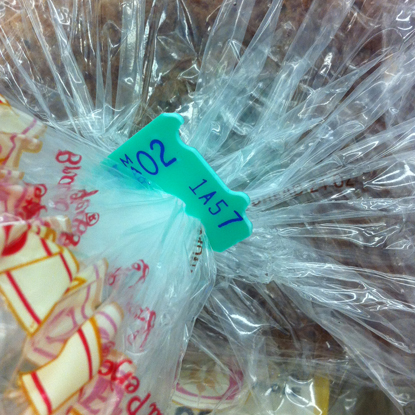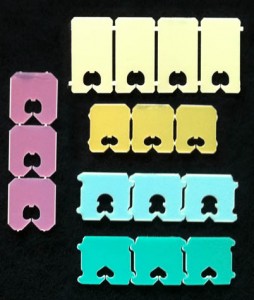Since very little of occlupanid’s behavior has been recorded, its life cycle remains a mystery. Most scholars agree that occulpanids attach themselves to the plastic bags to gain nourishment. Plastic bags, when distended with matter, twist their anterior aperature (usually clockwise, but research is inconclusive), forming a tight stricture that ends in a halo formed by the fringe of the bag.

It is on this stricture that the occlupanid attaches itself, drawing nourishment, in some manner, from the bag.
Dr. N. Eliot of Edinburgh performed an experiment to test the bread/occlupanid relationship and found evidence to suggest that when occlupanids are removed from bread bags, the sliced bread can suffer from premature hardening and fungal infection.
In Supermarket biomes the Bag to Occlupanid ratio is 100 percent, but once the bag leaves the supermarket, that ratio drops off sharply. It is thought that once outside the supermarket environment, the occlupanid eventually drops off to reproduce, then die.
Rarely, chains of occlupanids are found, offering evidence that their life cycle is far more complex than previously imagined. Are they part of a fruiting body like a slime mold? Or perhaps forming new occlupanids like the proglottids of a tapeworm? Clearly more research must answer these uncomfortable questions.
